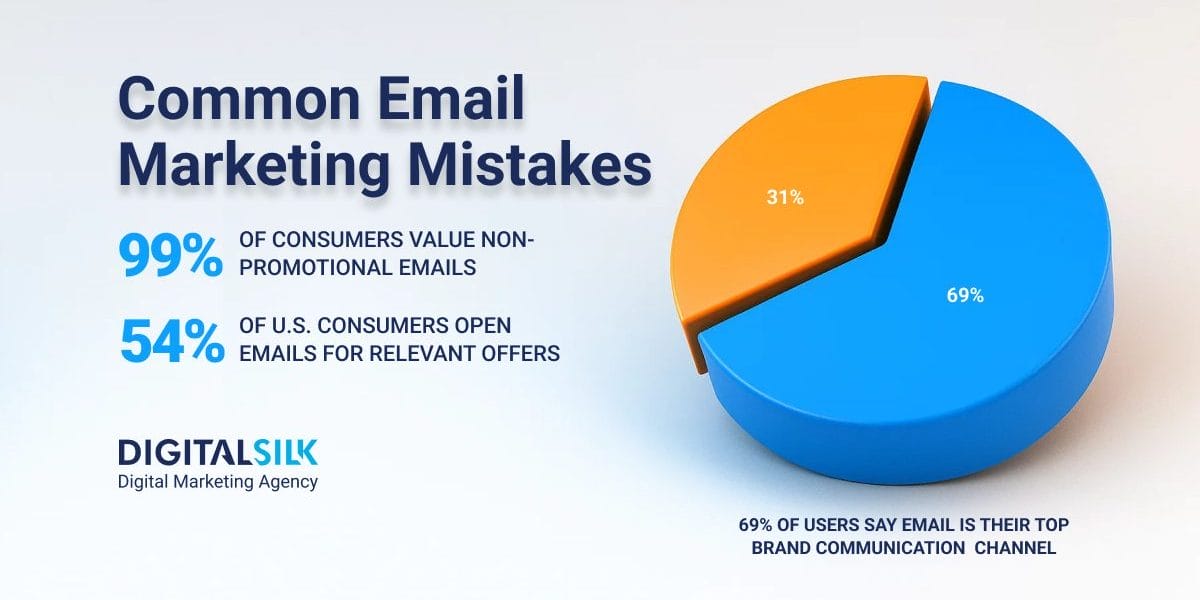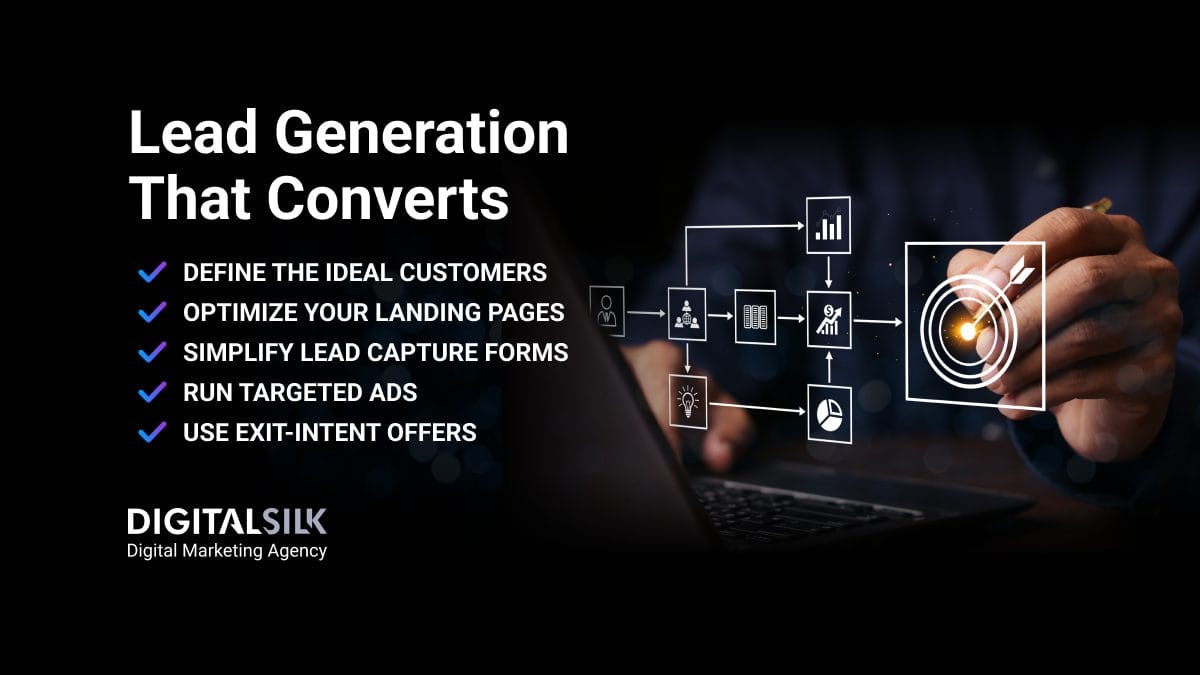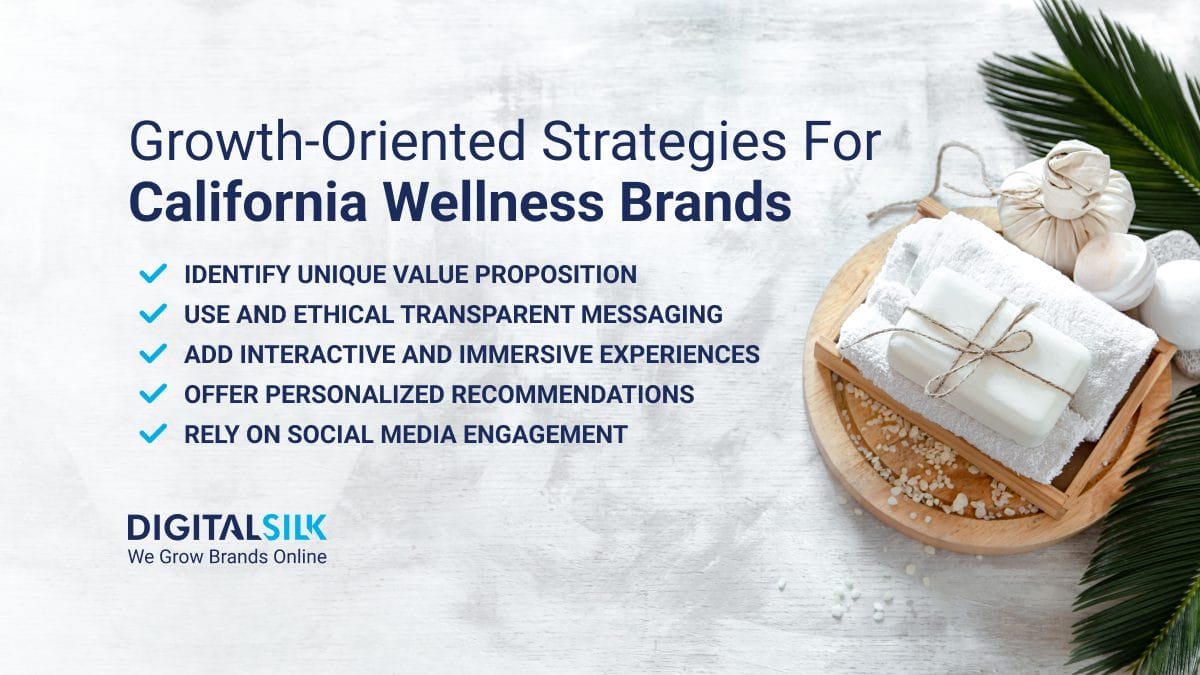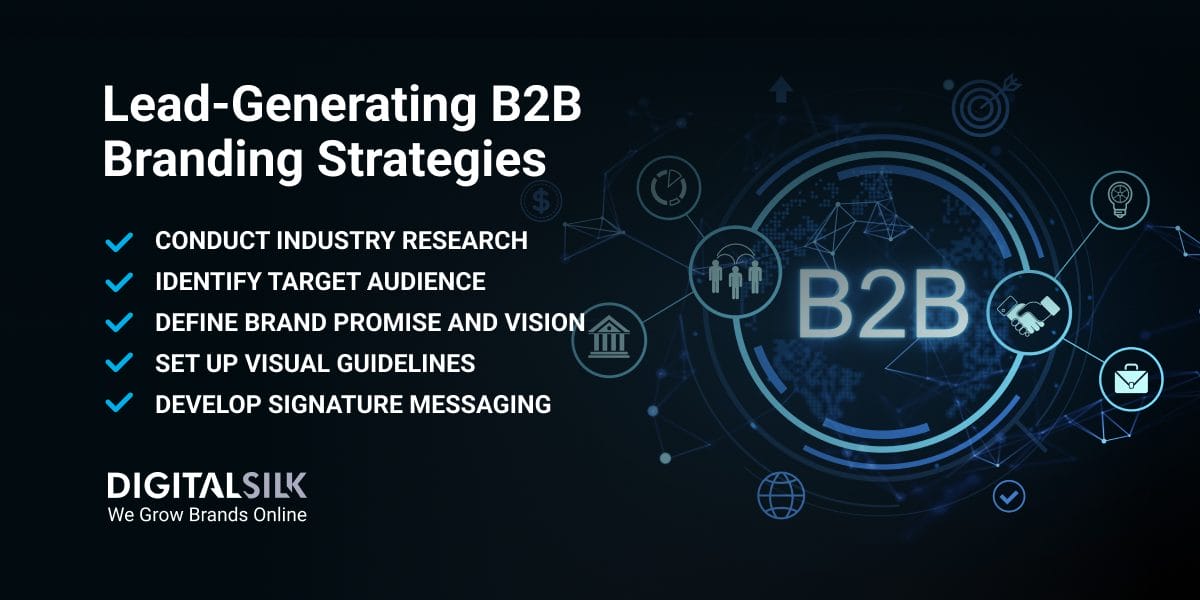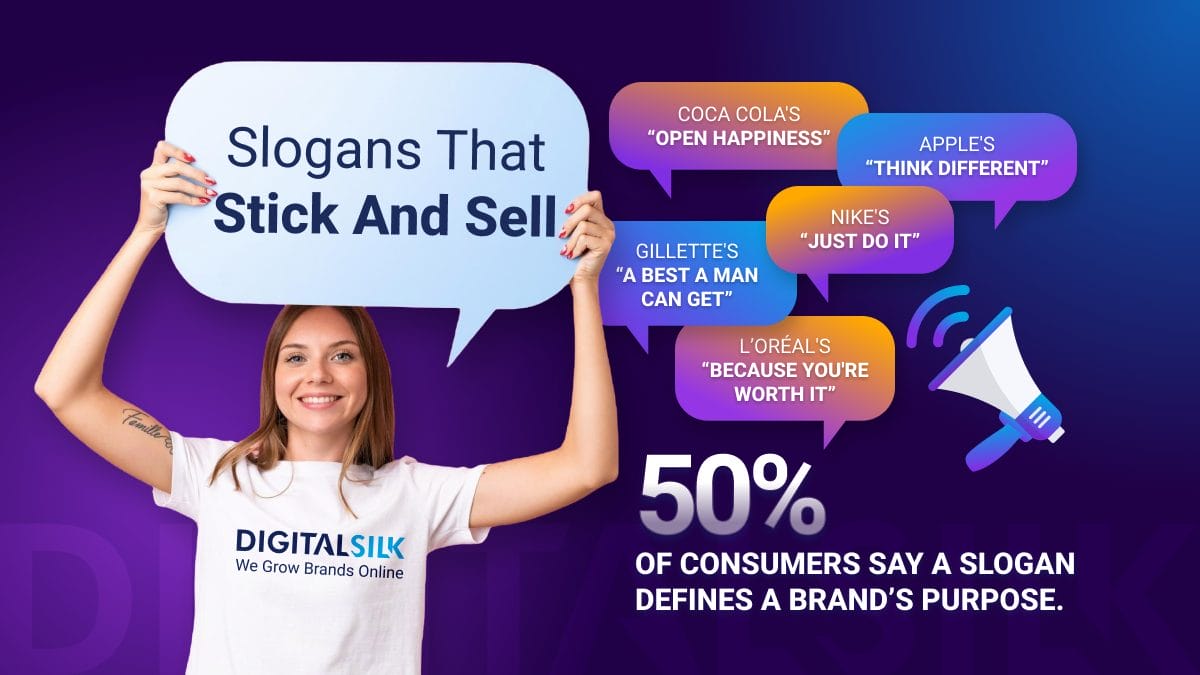Email Marketing Mistakes: Key Highlights
-
Relevance starts with segmentation: Sending the same message to every contact reduces engagement and clouds performance data.
-
Design flaws lose mobile readers fast: Cramped layouts, weak CTAs and poor responsiveness kill clicks before content is even seen.
-
Automation needs oversight, not autopilot: Overreliance on AI or triggers without strategy leads to mistimed sends and off-brand messages.
What are the common mistakes to avoid in email marketing?
It’s surprisingly easy to build habits that look efficient on the surface but quietly chip away at results over time.
With 4.59 billion people using email in 2025 and nearly 300 million more expected by 2027, small mistakes now reach a massive scale.
In this post, we’ll break down 13 email marketing mistakes that slip past the radar and end up costing more than they should.
Strategy Mistakes That Undermine Results
With 241 million emails sent every minute, most messages are skimmed, filtered or forgotten within seconds.
Reply patterns get ignored, list quality fades over time and formatting choices are rushed to meet send dates.
Below are 5 common email marketing mistakes to avoid when developing your marketing strategy.
1. Not Segmenting Your Audience
Email is still the top communication channel for 69% of users, but that only holds if the message feels relevant to where they are and what they need.
When the same email goes to everyone, active buyers get updates meant for new leads, long-term clients receive promos for products they already own and cold contacts are treated like loyal advocates.
It clutters your sends, skews performance metrics and makes it harder to draw reliable conclusions from the data.
Best Practice
Start with segments that tie directly to intent, such as recent activity, product interest or stage in the customer journey.
Use clear behavioral signals like cart abandonment, clicks on specific categories or a drop in engagement over time.
Moschino, for instance, uses behavior-driven triggers to send highly visual cart recovery emails that reflect what was left behind and prompt a timely return to checkout.

Focus on a few meaningful segments and update them quarterly to stay in step with shifting behaviors.
2. Overlooking Personalization
88% of marketers agree that personalization has a positive impact on sales, yet many campaigns still rely on vague greetings and generic content that could apply to anyone, anywhere.
This is one of the most common mistakes in email marketing and often reflects a lack of connection between data and execution.
Without clear targeting strategies, you stretch your marketing budget across different audiences with no clear signal to act.
Best Practice
Treat personalization as part of the message itself, not an afterthought in the greeting.
Use customer-specific details like key dates, preferences or engagement patterns to shape the narrative.
Starbucks does this well with their birthday reward email, as it speaks to a single person, highlights a reward tied to their account and creates a clear reason to act on a specific date.
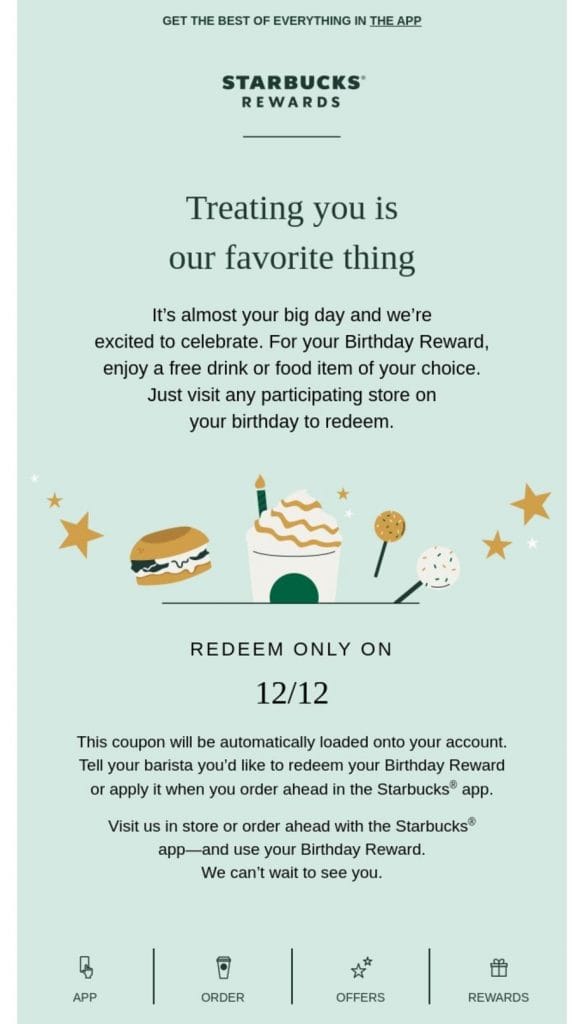
3. Sending Too Frequently (Or Not Enough)
Email frequency shapes how audiences engage, unsubscribe or ignore you entirely.
57% of consumers have switched to a competitor more than once due to too many marketing messages, while 54% of them cited repeated promotions for the same product as the main reason.
When cadence is driven by internal schedules instead of user behavior, it often results in fatigue, opt-outs or flagged sends that slowly reduce deliverability.
Best Practice
Set frequency rules based on actual engagement patterns like time-to-click, repeat opens or long gaps in activity.
Benchmark against product or sales cycles instead of defaulting to a fixed schedule.
Let users define their own communication preferences up front and make it easy to adjust as their needs change.
4. Focusing Heavily On Sales
Filling every email with sales messaging can make your brand feel one-note and easy to tune out.
While sales can drive quick wins, they often crowd out the content that keeps people engaged over time.
99% of consumers say non-promotional emails improve their shopping experience and 53% find product recommendations based on past purchases more helpful than generic offers.
Relevance, not repetition, is what drives long-term value.
Best Practice
Balance sales-driven campaigns with content that supports ongoing interest.
Share product tips, timely recommendations or practical ideas tied to what customers already use so you can solve some of their major pain points.
For example, Beardbrand’s email delivers value upfront with “Top 10 Bearding Tips,” offering useful, non-promotional content that speaks directly to its audience’s interests.
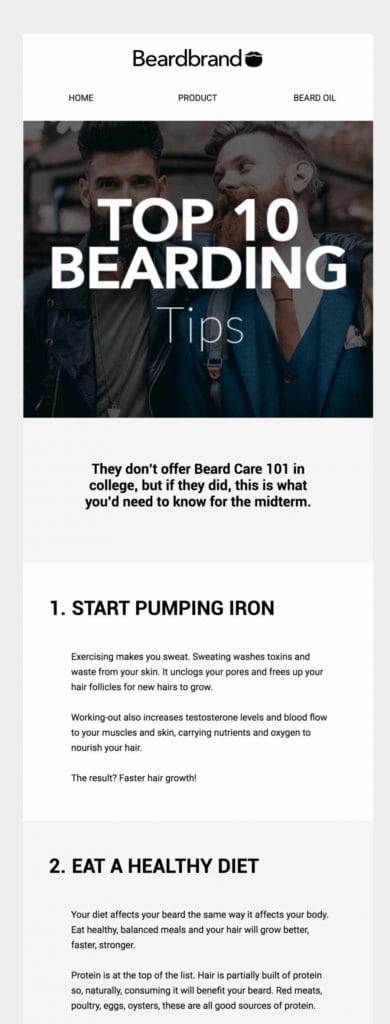
5. Ignoring Email Analytics
One of the most common email marketing campaign mistakes is treating opens as a sign that everything is working.
In North America, open rates average 45.3%, but only 4.77% click through and just 10.53% engage after opening.
Looking at click-to-open rates in context helps isolate the disconnect.
High opens with weak engagement usually signal a mismatch in expectations, while high bounces can point to list quality or technical setup issues.
Unsubscribes often spike when frequency, tone or message relevance misses the mark.
Best Practice
Break down behavior by specific actions, such as who opened but didn’t click, who clicked consistently but recently dropped off and who hasn’t engaged at all despite receiving multiple sends.
Use this insight to guide testing around subject lines, layout, pacing and offer positioning. Strong performance comes from iteration, which only works when it’s tied to real patterns in the data.
Execution & Design Mistakes That Kill Engagement
Now that strategy is in place, the next hurdle is execution.
Even with the right message, design missteps like unclear CTAs or unoptimized mobile layouts can quickly tank engagement.
Here’s where many brands go wrong:
1. Weak Or Misleading Subject Lines
43% of people open emails based on the subject line alone, so that line carries more weight than most teams give it credit for.
It’s the first filter and sometimes the last, before a message is read or ignored.
Subject lines that feel vague, forced or disconnected from the content inside erode the sense of trust that keeps people opening future messages.
Repeating the same phrasing too often, relying on worn-out urgency cues or over-promising can all train your audience to stop paying attention.
Best Practice
Think of the subject line as the headline to the experience you’re delivering. Keep it clear, relevant and focused on one idea that matches what’s inside.
Run structured A/B tests to understand which angles resonate and track patterns across campaigns instead of one-offs.
For instance, Grammarly’s “Reveal your 2024 writing personality 👀” is a solid example.
It’s specific, curiosity-driven and directly tied to the content of the email, which makes the experience feel considered from start to finish.

2. Neglecting Mobile Optimization
Over 61.5% of internet traffic worldwide comes from mobile devices and that shift has changed how people interact with email.
48.6% of marketers say that between 40% and 60% of their email engagement comes from mobile, which means design choices made for desktop-first layouts often miss how users consume content.
Cramped text, unresponsive calls-to-action (CTAs) and broken layouts on mobile make emails feel difficult to navigate and easy to dismiss.
Most mobile users decide within seconds whether to keep reading or move on, so design flaws often carry more weight than the content itself.
Best Practice
Design for mobile first, then scale up to larger formats. Start with single-column layouts, short lead text and clear tap targets that work without precision.
Limit reliance on heavy visuals or overlapping elements that could collapse or disappear on smaller screens.
Always run final previews across devices, including in dark mode, where brand colors or transparent images often distort if they’re not accounted for.
3. Lack Of Clear Calls To Action
54% of people in the U.S. say they open marketing emails because the product or offer interests them.
That attention is hard-earned and should lead somewhere. One of the worst email marketing mistakes is failing to connect that interest to a clear next step.
In digital marketing, where every click is measurable, a vague or hard-to-find call-to-action (CTA) slows down lead generation and weakens conversion potential.
Readers shouldn’t have to decide between five buttons or scroll past competing offers to find what matters.
Clear, direct actions tied to a single outcome are what move campaigns forward and turn intent into measurable results.
Best Practice
Use short, specific language like “Book your demo,” “Start your trial” or “Reserve your seat.” Place the CTA where it can’t be missed, ideally near the top and again toward the end.
Use design to support it, not distract from it. A single CTA backed by relevant messaging and emotional tone is more effective than multiple options competing for attention.
For instance, Warby Parker’s email pairs a focused message with two clear, intent-driven CTAs that guide readers to either shop rimless frames or book an eye exam.

4. Using Generic Templates
Generic templates may save time, but they often come at the cost of trust and recognition.
64% of people say they’re more likely to open emails from brands they trust, which you can only build through familiarity.
When visuals, colors or tone feel inconsistent, the email starts to feel like it could’ve come from anyone.
Over time, that lack of continuity chips away at recognition and makes engagement less predictable.
Best Practice
Customize templates using your brand’s visual system so each email feels consistent, regardless of the message.
Align fonts, colors, image style and CTA design across campaigns to create a recognizable experience.
Slack, for example, uses its signature color palette, typeface and visual rhythm to create emails that feel familiar from first glance.
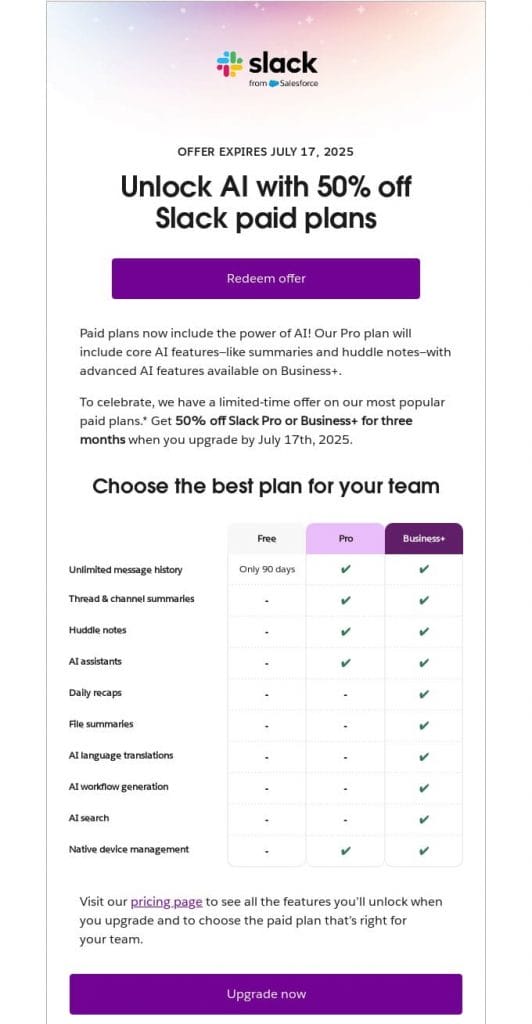
5. Making Opt-In Offers Too Complicated
Opt-ins are the first step to building a relationship, but too many brands make that step harder than it needs to be.
Long forms, overloaded offers or vague value props slow users down and shrink your list before it starts.
52% of consumers have made a purchase directly from an email in the past year, which means getting their address upfront matters and so does how you ask for it.
Best Practice
Create multiple opt-ins tied to different user needs and keep each one focused on a quick win. Use double opt-in to protect list quality and engagement.
If your email platform makes that hard, it’s worth rethinking the setup.
Compliance & Technical Pitfalls To Avoid
Technical and compliance issues can quietly undermine even the best campaigns. Hard-to-find unsubscribe links, poor list hygiene, and privacy violations can damage deliverability and credibility.
These common mistakes in email marketing should be addressed early:
1. Complicated Or Hidden Unsubscribe Processes
Hard-to-find unsubscribe links or multi-step opt-out processes create unnecessary tension with your audience.
Many users skip extra clicks and mark the message as spam, which quietly damages sender reputation and reduces deliverability over time.
What looks like list growth can turn into silent disengagement if people feel trapped in your emails.
Most unsubscribe options treat every user the same, but not everyone wants to leave for good.
Some may just need a break during high-volume periods or prefer to pause emails around certain times of year.
A temporary opt-out offers that flexibility and keeps the relationship intact.
Yet 46% of businesses don’t offer this option, missing a chance to reduce unsubscribes while respecting user preferences.
Best Practice
Use a one-click unsubscribe that’s easy to spot and friction-free. Add a snooze or pause option, especially during seasonal campaigns or sensitive times, so users can manage the volume on their terms.
Giving people more control over how and when they hear from you helps maintain long-term engagement without compromising trust.
Casper, for example, includes an unsubscribe option in the footer of its emails, but brands taking it further with a snooze feature could reduce churn while keeping the door open for future re-engagement.
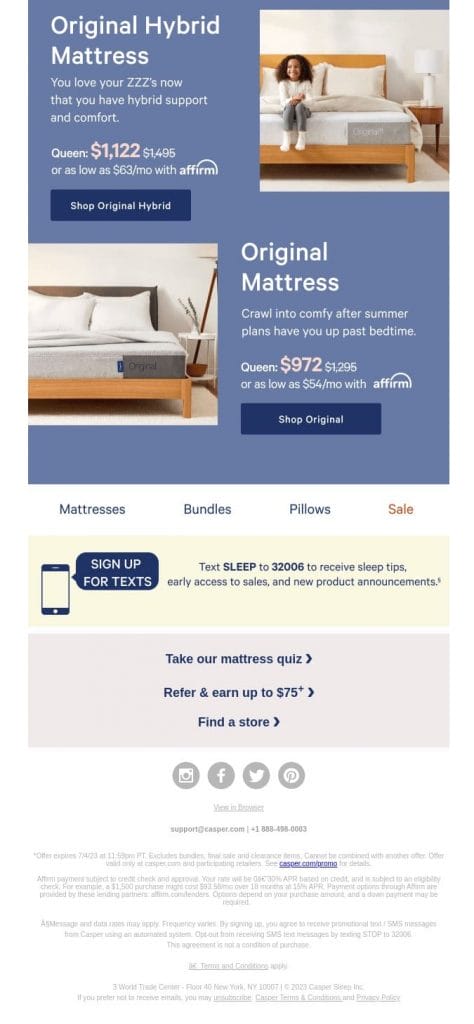
2. Poor Email List Hygiene
An email list should be a reflection of active interest, not a collection of names that haven’t engaged in months.
Letting inactive or invalid addresses pile up increases the chance your messages will be filtered out or flagged before they’re even seen.
China and the United States alone account for around 7.8 billion spam emails sent each day and inbox providers use that noise to filter aggressively.
Deliverability depends on how users interact with your emails. Too many unopened messages, spam complaints or hard bounces send a clear signal that your content isn’t wanted, even when it is.
Best Practice
Remove contacts who haven’t clicked or opened in a set timeframe and use confirmed opt-ins to protect against bots and fake signups.
Send re-engagement emails before you remove inactive users, giving them a chance to opt in again or update preferences.
3. Lacking Compliance With Privacy Laws
Email compliance defines the boundaries of how your campaigns can reach and interact with audiences.
Laws like the Controlling the Assault of Non-Solicited Pornography and Marketing Act (CAN-SPAM) and the General Data Protection Regulation (GDPR) set clear expectations around consent, data use and the right to opt out.
Ignoring or misinterpreting these standards can lead to fines, blocked sends or long-term damage to brand credibility.
Best Practice
Collect and store clear records of consent and make opt-outs immediate and easy to access. Avoid tactics that obscure the unsubscribe process or pre-check consent boxes.
If you send across multiple regions, align with legal teams to review requirements regularly and adjust your process as needed.
Common AI Email Marketing Mistakes To Avoid
As automation becomes more common in email campaigns, so do new types of mistakes.
58% of marketers use automation in their email programs, yet many still fall into avoidable traps.
Below are some of the most common email marketing automation mistakes to keep on your radar.
- Relying too heavily on automation: Automated workflows can become rigid, producing repetitive or impersonal messages that miss the moment. Errors like sending “Happy Birthday” emails to unsubscribed users or repeating messages too frequently are easy to overlook without manual review.
- Poor data training or input quality: Automation tools are only as good as the data feeding them. Outdated, unsegmented or mislabeled data leads to irrelevant triggers, missed opportunities and confusing personalization.
- Ignoring human oversight: Blindly trusting AI-generated content can lead to awkward phrasing, off-brand recommendations or even compliance risks. Teams that build in checkpoints for review and approval catch issues before they scale.
- Using AI without clear brand voice: Automated content can drift from brand tone if the system isn’t trained on consistent inputs. A strong style guide and well-structured prompts help ensure the voice feels familiar and aligned across every message.
- Misusing predictive analytics: Tools that optimize send times or segment based on behavior need close monitoring. Relying too heavily on AI-driven assumptions can lead to poorly timed sends or fragmented messaging if the logic isn’t reviewed and refined regularly.
Common Email Marketing Mistakes By Industry
Different industries face unique challenges in email marketing and a one-size-fits-all approach rarely works.
Understanding the most frequent missteps in your sector can help you avoid them and improve performance.
1. eCommerce Email Marketing Mistakes
eCommerce brands often rely too heavily on automation: think abandoned cart reminders, product recommendations or promotional blasts that go out like clockwork.
While these tactics can drive short-term revenue, overusing them without strategic segmentation leads to email fatigue and unsubscribes.
Another common mistake is failing to personalize based on where the customer is in their lifecycle.
For example, sending “Welcome” promos to loyal, high-spending customers or showcasing irrelevant product categories can make your brand feel out of touch.
How to fix it: Segment your audience based on purchase history, browsing behavior, and customer lifetime value.
Trigger emails based on meaningful actions like “viewed but didn’t purchase” or “inactive for 60 days,” and diversify your content to include tips, user-generated reviews or loyalty perks, not just sales.
2. Restaurant Email Marketing Mistakes
Restaurants tend to overlook how crucial mobile usability and local timing are in email marketing.
A stunning offer buried in a non-responsive layout or a dinner promo sent at 10 a.m. can easily miss the mark.
Another frequent mistake is sending generic updates to all subscribers, ignoring regulars, first-timers or seasonal tourists who have vastly different interests.
Also, many restaurant emails skip visual consistency. Using mismatched imagery or clipart-like visuals diminishes perceived quality, especially for high-end establishments.
How to fix it: Design with mobile-first in mind. Use tappable buttons, simplified layouts and location-aware personalization like nearest restaurant info or local holiday promos.
Include real food photography and test send times to match dining habits in your time zone.
3. B2B Email Marketing Mistakes
In B2B email marketing, one of the most damaging mistakes is pushing hard sales messaging to cold leads or early-stage prospects.
Complex buying cycles require relationship building, yet many brands skip directly to demos or gated offers without warming the audience.
Another overlooked issue is misaligned content.
Sending the same newsletter to both C-suite executives and frontline managers dilutes effectiveness, because each group needs different value points.
How to fix it: Map your email sequences to the B2B buyer journey: awareness, consideration, decision, and send content like whitepapers, industry benchmarks or case studies accordingly.
Use role-based segmentation and tailor subject lines and messaging for executives, practitioners or decision influencers.
How To Recover From The Worst Mistakes In Email Marketing
Even well-run email programs hit issues, such as broken links, mistimed sends, confusing content or overlooked segments.
The impact often shows up quickly through unsubscribes, bounce rates or complaint spikes.
Recovery starts by isolating the cause, understanding how it affected engagement and deciding which part of your list to rebuild trust with first.
Some actionable steps you can take include:
- Audit recent performance: Look closely at bounce rates, spam complaints, unsubscribes and open patterns to spot where engagement dropped or signals were missed.
- Pause broad sends: Hold off on large campaigns while you identify the issue. Focus on your most active and engaged segments to prevent further damage.
- Run a re-engagement campaign: Send a clear, low-pressure message that acknowledges the gap and offers value. Let users re-confirm interest, update preferences or unsubscribe easily.
- Refine your content and cadence: Adjust timing, frequency or tone based on what your data shows and what users have responded to in the past.
Avoid Common Email Marketing Mistakes With Digital Silk
Avoiding common email marketing mistakes starts with understanding where campaigns lose momentum and how to close those gaps.
Thoughtful execution, consistent branding and clear data practices all play a role in long-term performance.
Digital Silk uses the latest industry best practices to craft campaigns that drive engagement, protect deliverability and align every message with your brand’s goals.
As a recognized digital marketing agency, our services include:
- Email marketing
- Digital marketing
- Social media marketing
- SEO services
- PPC advertising
- Branding services
- Custom web design
Contact our team, call us at (800) 206-9413 or fill in the Request a Quote form below to schedule a consultation.
"*" indicates required fields


